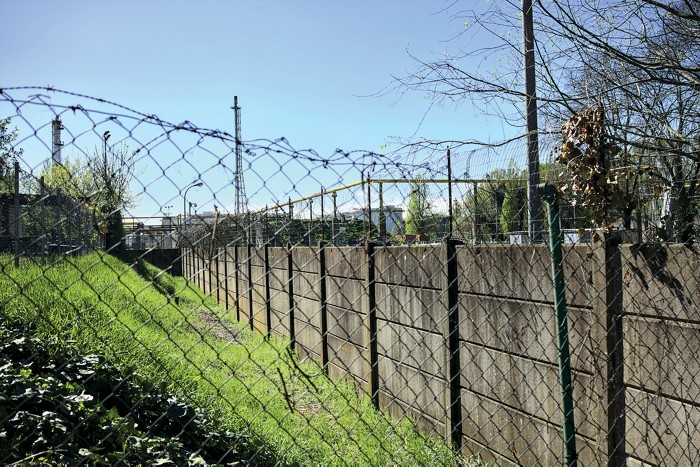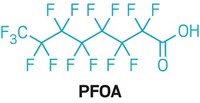Advertisement
Grab your lab coat. Let's get started
Welcome!
Welcome!
Create an account below to get 6 C&EN articles per month, receive newsletters and more - all free.
It seems this is your first time logging in online. Please enter the following information to continue.
As an ACS member you automatically get access to this site. All we need is few more details to create your reading experience.
Not you? Sign in with a different account.
Not you? Sign in with a different account.
ERROR 1
ERROR 1
ERROR 2
ERROR 2
ERROR 2
ERROR 2
ERROR 2
Password and Confirm password must match.
If you have an ACS member number, please enter it here so we can link this account to your membership. (optional)
ERROR 2
ACS values your privacy. By submitting your information, you are gaining access to C&EN and subscribing to our weekly newsletter. We use the information you provide to make your reading experience better, and we will never sell your data to third party members.
Persistent Pollutants
EPA designates PFOA and PFOS as hazardous substances
Regulation under the Superfund law transfers cleanup costs to parties responsible for contamination
by Britt E. Erickson
April 22, 2024

The US Environmental Protection Agency plans to crack down on industrial polluters responsible for contaminating water, soil, and air with two of the most toxic per- and polyfluoroalkyl substances (PFAS). Under a final rule announced on April 19, the agency designated perfluorooctanoic acid (PFOA) and perfluorooctanesulfonic acid (PFOS) as hazardous substances under the Comprehensive Environmental Response, Compensation, and Liability Act (CERCLA), also known as the Superfund law.

The rule gives the EPA the authority to go after chemical manufacturers—and others responsible for releasing PFOA and PFOS into the environment—to pay the cost of cleaning up the contaminants. Designating the two PFAS as hazardous substances will enable the agency to “address more contaminated sites, take earlier action, and expedite cleanups,” EPA administrator Michael Regan says in a news release.

Along with the rule, the EPA released an enforcement discretion policy to reassure water treatment facilities, landfills, airports, and other secondary sources of PFAS that the agency will not target them as responsible parties.
The American Chemistry Council (ACC), which represents chemical makers, strongly opposes the rule, noting that the two chemicals have not been produced in the US for nearly a decade. “CERCLA is an expensive, ineffective, and unworkable means to achieve remediation for these chemicals,” the group says in an emailed statement. The Superfund law is “fraught with unintended consequences, and will likely result in extensive, unnecessary delays for cleanups.”
The EPA’s enforcement discretion policy does not protect entities that are secondary sources of PFAS from costs unrelated to Superfund cleanups, such as increased management costs and litigation, the ACC points out. “It is for these reasons that CERCLA is not a workable tool to address this issue and will have unintended consequences for a broad range of stakeholders,” the group says.
Lawyers are warning anyone purchasing an industrial site where PFOA and PFOS were used or released to consider the risk of litigation. “EPA’s action will have very significant consequences for businesses that own or operate industrial properties, as well as anyone acquiring such properties,” Donald E. Sobelman, a partner with the law firm Farella Braun + Martel, says in a statement.
The EPA claims that the health benefits of the rule outweigh the costs.
PFOA and PFOS are associated with developmental effects in fetuses and infants, liver damage, altered antibody production and immunity, and increases in cholesterol. The EPA also considers the chemicals likely to be human carcinogens.
Environmental groups welcome the rule, saying it will ensure that polluters, not taxpayers, pay to clean up decades worth of contamination. “For far too long, the unchecked use and disposal of toxic PFAS have wreaked havoc on our planet, contaminating everything from our drinking water to our food supply,” David Andrews, a senior scientist at the Environmental Working Group, says in a statement.



Join the conversation
Contact the reporter
Submit a Letter to the Editor for publication
Engage with us on Twitter